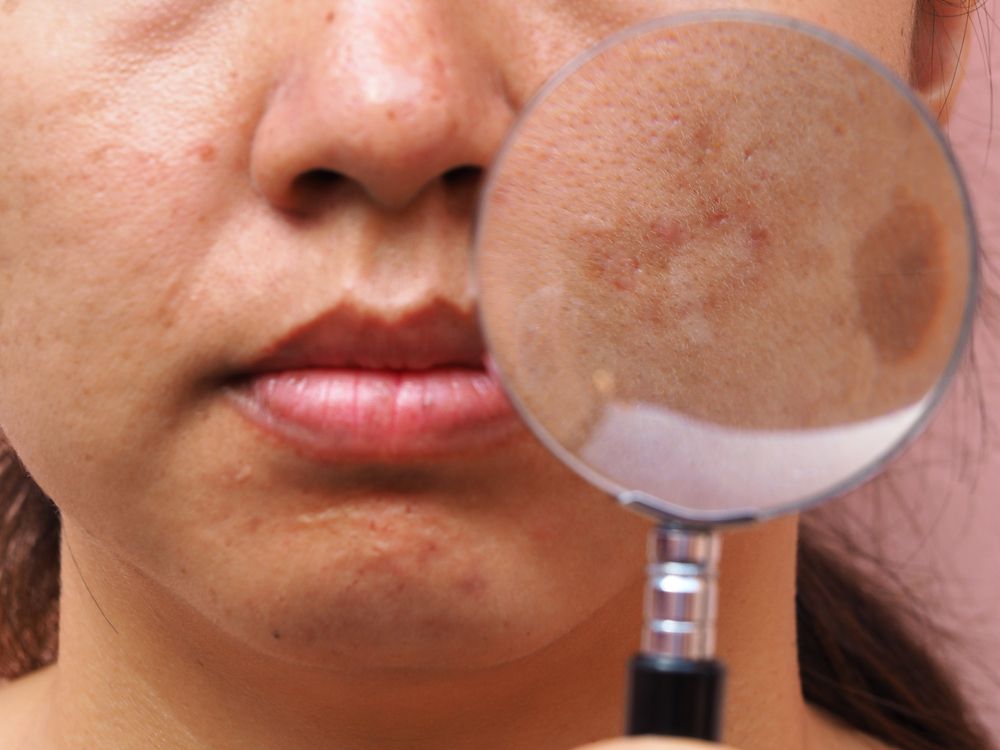- Acne
- Actinic Keratosis
- Aesthetics
- Alopecia
- Atopic Dermatitis
- Buy-and-Bill
- COVID-19
- Case-Based Roundtable
- Chronic Hand Eczema
- Chronic Spontaneous Urticaria
- Drug Watch
- Eczema
- General Dermatology
- Hidradenitis Suppurativa
- Melasma
- NP and PA
- Pediatric Dermatology
- Pigmentary Disorders
- Practice Management
- Precision Medicine and Biologics
- Prurigo Nodularis
- Psoriasis
- Psoriatic Arthritis
- Rare Disease
- Rosacea
- Skin Cancer
- Vitiligo
- Wound Care
Article
Picosecond laser more effective for facial melasma
Author(s):
At the recently concluded American Society for Dermatologic Surgery meeting in Phoenix, Arizona, researchers looked at the efficacy of using picosecond lasers to treat melasma, with the aim of reducing adverse effects from current treatment options. The treatment proves to be promising.
At the recently concluded American Society for Dermatologic Surgery meeting in Phoenix, Arizona, researchers looked at the efficacy of using picosecond lasers to treat melasma, with the aim of reducing adverse effects from current treatment options. The treatment proves to be promising. (©Nguklaw/Shutterstock.com)

At the recently concluded American Society for Dermatologic Surgery meeting in Phoenix, Arizona, researchers looked at the efficacy of using picosecond lasers to treat melasma, with the aim of reducing adverse effects from current treatment options.
Conventional treatment uses broad spectrum photo protection, followed by topical compounds, peels, and laser therapy. Photo therapy and laser therapy are effective for an initial period, but often the melasma returns and there is also post-inflammatory hypo and hyper pigmentation (PIH), caused by too much heat or thermal energy in the skin in the surrounding area.
These complications can be minimized by picosecond laser therapy, an advancement in laser therapy that minimizes damage to surrounding tissue, and reduces PIH as well. It does this by delivering the energy rapidly in pico seconds, faster than a nanosecond, so it converts to pressure instead of heat. This pressure scatters the pigment which gets flushed by the body.
The technology has been studied for tattoo pigment and birthmark removal, but very few studies looked at it for melasma. It’s a novel technique for pigmented skin disorders, with a very short pulse duration.
Researchers from the division of dermatology at the Albert Einstein College of Medicine, the Montefiore Medical Center, and Medical Dermatology & Cosmetic Surgery looked at how effective a single treatment of 1,064 nm Nd:YAG picosecond laser therapy was in treating four female patients for facial melasma.
The patients had a range of Fitzpatrick skin types, and received a “single treatment at a wavelength of 1,064 nm, with a 6 mm spot size, 0.7 J/cm fluence, 5 Hz frequency with 2-4 passes,” the researchers reported in the abstract they presented in Phoenix. In addition, the patients were treated with a four percent strength of hydroquinone before and after the laser therapy, starting with one month prior to it, and for two months after therapy.
The patients were assessed one month and six months after therapy, using the modified melasma area severity index (mMASI) score. The results were positive. After one month, all four patients had a reduced mMasi score, which was maintained at the six month assessment, and there were no adverse effects such as PIH or dermatitis.
The score reduction was significant, and out of the small cohort group, no one developed hyper pigmentation on the rebound. The researchers concluded that the extremely narrow pulse width of picosecond lasers minimizes adverse dyspigmentation and confers a distinct advantage over traditional laser therapy.
REFERENCE
Krausz, A. (2018). American Society of Dermatologic Surgery, Phoenix, Arizona. October 11, 2018. Efficacy of Single Treatment 1,064 nm Picosecond Laser for Melasma. Poster # 12
Newsletter
Like what you’re reading? Subscribe to Dermatology Times for weekly updates on therapies, innovations, and real-world practice tips.














